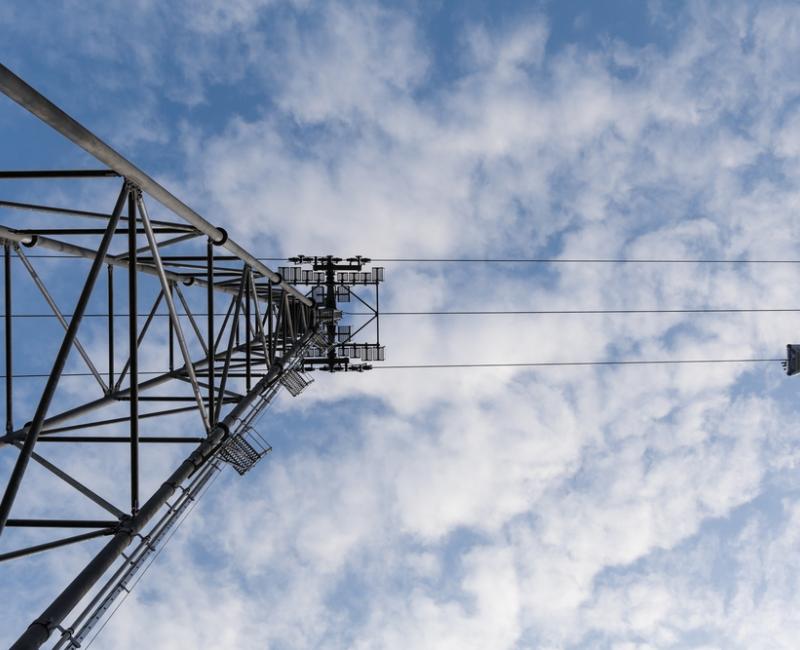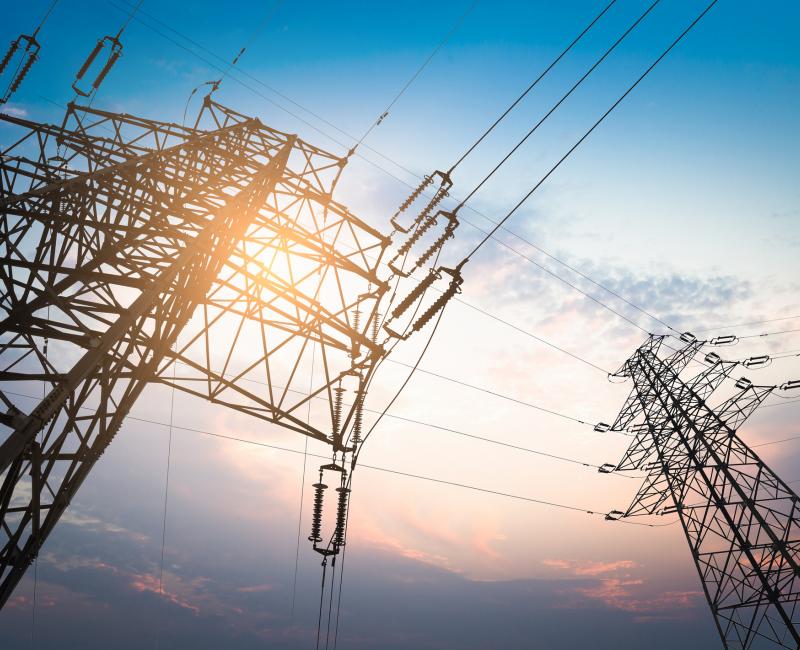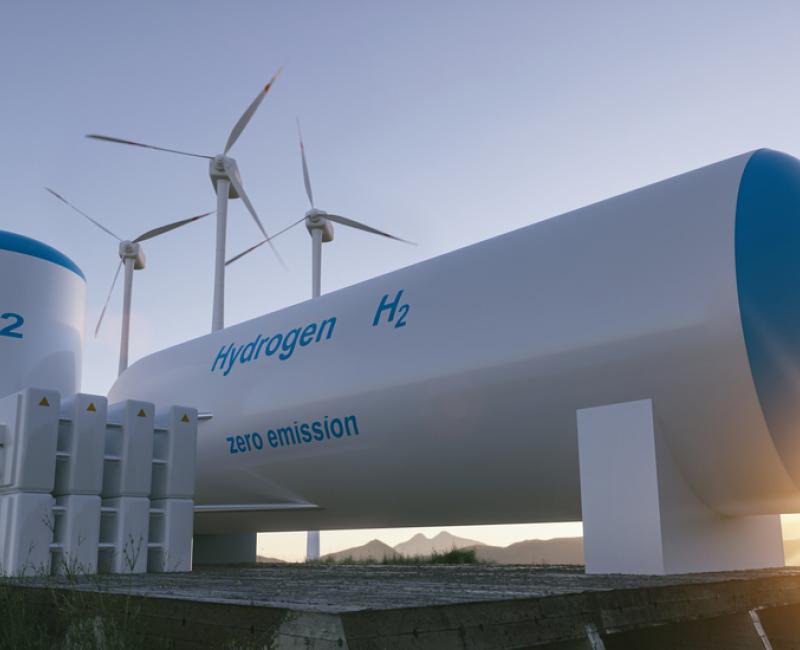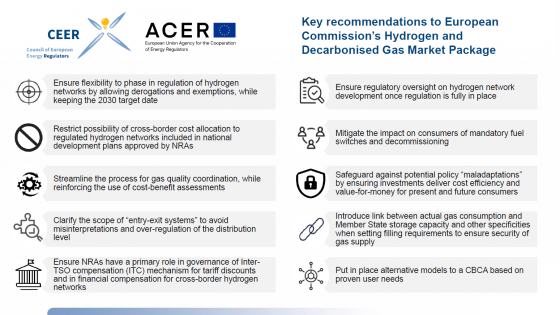ACER to decide on extending the application of the Forward Capacity Allocation methodologies to Fingrid

ACER to decide on extending the application of the Forward Capacity Allocation methodologies to Fingrid
What is it about?
The EU Agency for the Cooperation of Energy Regulators (ACER) has initiated the procedure to decide on the Transmission System Operators (TSOs)’ proposal to amend the Forward Capacity Allocation methodologies related to:
- the establishment of a Single Allocation Platform and the requirements for sharing the costs of its establishment and operation
- the Congestion Income Distribution
The proposals aim at amending the scope of these methodologies so they can apply to Fingrid, the Finnish TSO.
What are the benefits?
The amended methodologies will enable the issuing of long-term transmission rights on the Finnish – Estonian bidding zone borders and therefore provide the long-term cross-zonal hedging opportunities needed by the Baltic market participants.
How does ACER contribute?
ACER ensures that the amendments proposed by all-TSOs are in line with the Forward Capacity Allocation guideline and fulfil the legal obligations.
ACER must reach a decision by 26th October 2022. However, it aims to decide on this matter by 13th July 2022.
1 MCO Plan - Approved
1 MCO Plan - Approved
Latest approved MCO plan
ACER’s “70% target report” finds that Member States need to step up efforts to make more electricity interconnector capacity available to trade with neighbours

ACER’s “70% target report” finds that Member States need to step up efforts to make more electricity interconnector capacity available to trade with neighbours
What is it about?
ACER’s “70% target report” (published today) finds that most Member States did not significantly improve, in 2021, the interconnection capacity they make available for trading electricity with their neighbours. Countries need to do more to reach the EU’s minimum 70% interconnector capacity margin available for cross-zonal electricity trading.
What is the minimum 70% target?
The Clean Energy Package set a binding minimum 70% target for electricity interconnector capacity to be available for cross-zonal trading (the “minimum 70% target”).
It applies since 1 January 2020 and requires Transmission System Operators (TSOs) to offer 70% of their capacity available for cross-zonal trading. Member States may adopt transitory measures – action plans or derogations - to reach the target gradually by the end of 2025.
Maximising the cross-zonal electricity interconnection capacity offered to the market allows to bring the cheapest electricity to consumers and is particularly important when countries need to rely on their neighbours for energy security as emphasised by the current energy crisis. It also increases cross-border competition and delivers more renewable energy.
How are Member States doing on the 70% target since 2020?
ACER's latest “70% Target Report" provides an overview of the levels of margins for cross-zonal capacity (called MACZT) compared to the 70% target for 2021, and to the transitional targets set by the national action plans and derogations.
ACER’s report finds that:
-
Compared to 2020, the results remained mostly unchanged except for a few borders and regions. This is consistent with the observed year-on-year changes in tradable capacities.
-
On DC borders, the 70% target was met most of the time on a majority of borders but with some noticeable exceptions.
-
On AC borders, there is still a very diverse picture, with significant room for improvement to meet the 70% target for most regions and borders.
-
As in 2020, most Member States applied derogations and/or actions plans. Compared to 2020, an increasing number of derogations included a transitory target that allows monitoring the progress towards meeting the minimum 70% target.
-
ACER's monitoring depends on TSOs providing robust and extensive data. The quality of the data provided by TSOs to monitor the MACZT continued to improve in 2021 but some important quality issues remained.
ACER calls on:
-
Member States to step up their efforts to make more electricity interconnection capacity available for trading with neighbours
-
TSOs to resolve the quality issues and ensure consistency when providing data
-
TSOs and NRAs to ensure that the derogations always include a transitory target
-
NRAs to ensure that the common monitoring approach agreed between ACER and NRAs is followed
-
NRAs to take the necessary actions to ensure that TSOs always meet the target on all critical network elements.
Access ACER Report on 70% target.
Historical Development of the Market Codes
Historical Development of the Market Codes
A brief historic introduction

Market rules’ development started in 2011, when ACER drafted the Framework Guidelines on Capacity Allocation and Congestion Management for electricity (adopted on 29 July 2011).
The development of the Electricity Balancing Regulation started the same year, when ACER drafted the Framework Guidelines on Electricity Balancing (adopted on 18 September 2012).
The Framework Guidelines set the foundations for the forthcoming development of the Network Codes on Capacity Allocation and Congestion Management, Forward Capacity Allocation and on Electricity Balancing.
The process
Based on these Guidelines, ENTSO-E developed the three Network Codes, which were submitted to ACER for opinion and revised, if needed.
As a last step, ACER issued a recommendation to the European Commission to adopt them subject to specific amendments. Following this recommendation, the European Commission further revised the network codes, and finally adopted them as Commission Guidelines.
Respectively:
-
The CACM Regulation was adopted by the European Commission in July 2015 and entered into force in August 2015
-
The FCA Regulation was adopted in September 2016 and entered into force in October 2016
-
The EB Regulation was adopted in November 2017 and entered into force in December 2017.
|
Step |
CACM Regulation |
FCA Regulation |
EB Regulation |
|
ACER adopts Framework Guidelines |
|||
|
ENTSO-E submits the Network Code to ACER |
|||
|
ACER adopts the Opinion on the Network Code |
|||
|
ENTSO-E resubmits the amended Network Code |
- |
||
|
ACER adopts Recommendation on the Network Code |
|||
|
ACER provides Recommendation on reasoned amendments to the Regulation (CACM 2.0) |
20 December 2022 |
|
|
Stakeholders' Involvement in the Implementation of the Market Rules
Stakeholders' Involvement in the Implementation of the Market Rules
Close cooperation across different stages

Stakeholders are engaged across the various stages of the development and implementation of the market rules:
Development and amendments of Regulations
The Capacity Allocation and Congestion Management (CACM), Forward Capacity Allocation (FCA) and the Electricity Balancing (EB) Regulations have been developed in close cooperation with ACER, ENTSO-E and other stakeholders, in order to adopt effective, balanced and proportionate rules in a transparent and participative manner.
ACER always consults stakeholders before proposing amendments to the European Commission.
Development and amendment of terms and conditions or methodologies
Proposals by Transmission System Operators (TSOs) and Nominated Electricity Market Operators (NEMOs) for the terms and conditions or methodologies are publicly consulted upon, where relevant, before submitting for regulatory approval. The TSOs or NEMOs performing the consultation should duly consider the views of stakeholders. In any case, a clear and robust justification for including or not the stakeholders’ inputs needs to be developed and published in a timely manner before or simultaneously with the publication of the respective proposal.
Implementation of market codes
Market European Stakeholder Committee (MESC): the Market European Stakeholder Committee has been established by ACER and ENTSO-E to facilitate stakeholders’ involvement and general discussion about the implementation of the market codes. The Committee holds regular meetings to identify problems and propose improvements, particularly related to the integration of the electricity balancing market.
Find out more about the Market European Stakeholder Committee.
Electricity Balancing Stakeholder Group (EBSG)
The Electricity Balancing Stakeholder Group (EBSG), has been jointly established by ACER and ENTSO-E as a sub-group of the MESC in order to organise specific stakeholder involvement on the implementation of the EB Regulation. The Committee meets regularly to identify issues and propose improvements related to the integrated electricity balancing markets.
Find out more about the Electricity Balancing Stakeholder Group.
Monitoring the Implementation of the Market Codes
Monitoring the Implementation of the Market Codes
What is it about?

The EU Agency for the Cooperation of Energy Regulators (ACER) and the European Network of Transmission System Operators for Electricity (ENTSO-E) are mandated to monitor the market rules’ implementation.
Specifically, ACER and ENTSO-E monitor:
-
the effective implementation of the Regulations’ requirements and provisions by Transmission System Operators (TSOs) and Nominated Electricity Market Operators (NEMOs)
-
the impact of the Regulations on the overall efficiency of the electricity markets.
As such, ACER and ENTSO-E issue different monitoring reports.
Legal basis:
Capacity Allocation and Congestion Management (CACM) Regulation - Article 82
Monitoring the Implementation of the Market Codes
ACER monitoring
ACER monitors the implementation of the market codes, as well as their impact at European level, and reports to the European Commission.
This facilitates market integration as well as non-discrimination, effective competition and the efficient functioning of the market.
ACER investigates also the performance of regional coordination centres and of market coupling operators, and assesses its effectiveness and efficiency.
Read more about the implementation and effect monitoring strategy of ACER.
Reports on the market codes’ implementation
ACER aims to issue biennial reports on the market codes’ implementation:
- CACM and FCA Regulation: The first general monitoring report on the implementation of the CACM Regulation and the FCA Regulation was issued in 2019.
- EB Regulation: As the implementation of the EB Regulation is still in a development stage and little effective implementation has taken place before 2019, ACER did not include any monitoring assessment of the EB Regulation in its first report.
ACER expects to publish the second general monitoring report in 2022.
Market Monitoring Report – Electricity Wholesale Volume
Although several provisions of the market codes have not been implemented yet, the ACER annual Market Monitoring Report analyses the effects of the early implementation activities of electricity market integration, such as:
- market coupling in the day-ahead and intraday timeframe
- introduction of flow-based capacity calculation
- existence and quality of hedging opportunities in forward markets at different bidding zone borders in Europe
- imbalance netting and
- other regional integration projects in balancing timeframe.
Read more about ACER’s monitoring of the internal electricity market.
Monitoring the Implementation of the Market Codes
External Reports
Report on capacity calculation and allocation
The CACM and FCA Regulations requires ENTSO-E to report on capacity calculation and allocation and submit the findings to ACER.
The ENTSO-E report on capacity calculation and allocation describes the status of capacity calculation and allocation for the day-ahead, intraday and long-term timeframe. It also reviews the regional capacity calculation methodologies and assesses the status of the pan-European common grid model.
Legal basis:
Capacity Allocation and Congestion Management (CACM) Regulation - Article 31
Forward Capacity Allocation (FCA) Regulation - Article 26
ENTSO-E should submit the report to ACER every two years, if requested.
In July 2021, ENTSO-E submitted to ACER its latest report on capacity calculation and allocation.
Previous versions: 2019 and 2017
Report on the operation of market coupling algorithms - SDAC and SIDC
The CACM Regulation requires all TSOs and NEMOs to report on the market coupling algorithms’ operation. NEMOs and TSOs jointly issue the report on a yearly basis and submit it to ACER.
The annual report on the operation of market coupling algorithms for the Single Day-Ahead Coupling (SDAC) and Single Intraday Coupling (SIDC) includes:
- operations,
- incidents,
- the decisions on the requests for change and on the application of corrective measures.
The report also includes an analysis of the algorithm performance, its scalability, and an update on research and development.
Legal basis:
Capacity Allocation and Congestion Management (CACM) Regulation - Article 37
Find the latest version of the CACM Annual Report 2020
Report on the costs of establishing, amending and operating SDAC and SIDC
The CACM Regulation requires all relevant NEMOs and TSOs to provide a yearly report to the regulatory authorities explaining the costs of establishing, amending and operating single day-ahead and intraday coupling and the forecast for the upcoming year.
The report includes the actual yearly costs directly related to the establishment, amendment and the operation of single day-ahead and intraday coupling and the forecast of the costs for the upcoming year. It also provides the breakdown of regional SDAC and SIDC costs.
Legal basis:
Capacity Allocation and Congestion Management (CACM) Regulation - Article 80
Find the latest version of the CACM Cost Report 2024
Previous versions: 2023, 2022, 2021, 2020, 2019, 2018 and 2017
ENTSO-E Market Report
The CACM, FCA and EB Regulation requires ENTSO-E to monitor the progress and status of the electricity markets. Therefore, ENTSO-E publishes an annual report covering the different timeframes where electricity is traded. The report shows the progress of TSOs and NEMOs in regards to the implementation of the market codes. It further assesses the status of each cross-border market in the different timeframe including a description of the governance and operation, shows the related expenditures for the provision of these markets and presents their latest developments.
Find the latest version of the ENTSO-E Market Report 2021.
ENTSO-E’s European Report on Integration of Balancing Markets
The EB Regulation requires ENTSO-E to publish a report on monitoring, describing and analysing its implementation and describes the progress made with the integration of balancing markets in Europe.
Every two years, ENTSO-E needs to publish a detailed report (starting from June 2020), while starting from June 2021 it shall publish a shorter version to review the progress and update the performance indicators.
Additionally, at least once every two years, each TSO shall publish a report on balancing covering the previous two calendar years, which shall either be in English or at least contain an executive summary in English.
The latest available executive summaries of these national reports are included in the detailed version of the European report on integration of balancing markets of the same year.
Access the first European Report on Integration of Balancing Markets
Report on the costs of establishing, amending and operating the European balancing platforms
The EB Regulation requires all TSOs to provide a yearly report to the regulatory authorities explaining the costs of establishing, amending and operating the European balancing energy platforms for the exchange of balancing energy from frequency restoration reserves and replacement reserves and for the imbalance netting process are explained in detail.
Legal basis:
ACER and CEER publish their reaction to the Hydrogen and Decarbonised Gas Package

ACER and CEER publish their reaction to the Hydrogen and Decarbonised Gas Package
What is it about?
The EU Agency for Cooperation of Energy Regulators (ACER) and the Council of European Energy Regulators (CEER) have published their views and recommendations on the European Commission's legislative proposals on Hydrogen and Decarbonised Gas Markets.
The energy regulators appreciate the ambition of the proposals to establish a comprehensive system design with a clear target model for the hydrogen and decarbonised gas market(s), to reinforce measures on integrated network development and focus on consumer protection issues.
|
In particular, ACER and CEER welcome:
|
They also see scope to enhance certain elements of the proposals, with a focus on:
-
comprehensive system design;
-
integrated network development; and
-
inclusive consumer protection.
ACER Public workshop on the draft Framework Guidelines on demand response
ACER Public workshop on the draft Framework Guidelines on demand response


